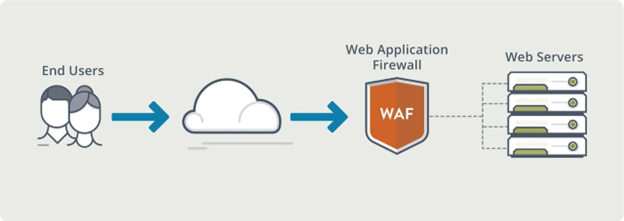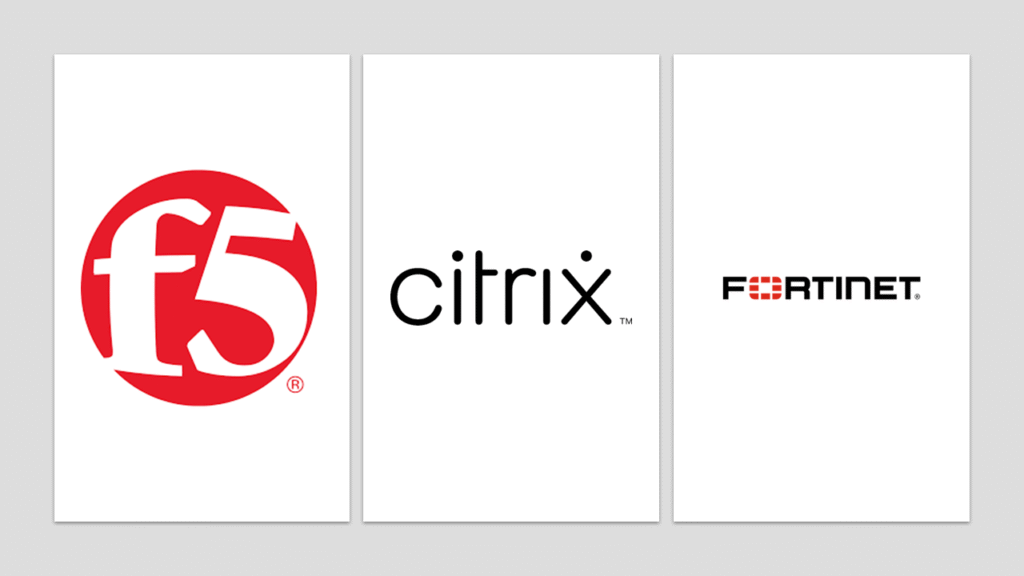Introduction Web Application Firewall
WAF (Web Application Firewall) is a tool or service used to protect web applications from network attacks, especially those related to web application security. WAF functions as a web application firewall, helping to detect and prevent common attacks such as SQL injection, cross-site scripting (XSS), cross-site request forgery (CSRF), and other forms of attacks.
WAF can inspect web application traffic and filter out suspicious or malicious requests. It relies on pre-configured rules to identify and block attack activities. WAF can operate as hardware or software, or as a cloud service.
The web application firewall provides comprehensive security for your web-based applications both externally and internally, protecting them from OWASP Top 10 and various other threats. At the core of this firewall’s design architecture is an AI-based detection tool that uses machine learning to identify abnormal requests and take action to protect applications from known and unknown threats.

Why should you use WAF?
WAF plays a crucial role in preventing harmful attacks such as SQL Injection, Remote Code Execution, and Cross-site scripting. These attacks can lead to unauthorized access to sensitive information from databases, remote code execution, or unauthorized access to user’s sensitive data. WAF detects and blocks these attacks, ensuring the security of your web application.
When a website is attacked, it can be paralyzed or experience performance issues. WAF helps prevent and minimize the impact of attacks on your website. By blocking malicious requests and addressing security vulnerabilities, WAF ensures that the website operates smoothly and efficiently, enhancing the user experience.
WAF helps protect critical business data from unauthorized access and data loss. Many industries have security regulations and standards that businesses need to comply with. Using WAF helps comply with these regulations by preventing attacks and protecting data as required by the regulations.
A secure and safe web application builds trust and earns high ratings from users. Using WAF to protect your web application helps build customer trust, enhance the reputation of the business, and maintain long-term relationships with customers.
Advantages of web application security solution.
The benefits of a Web Application Firewall (WAF) cannot be denied when it comes to ensuring security and protecting web applications. Here are some key benefits of using a WAF:
- Prevention of attacks and data protection: WAF helps prevent common attacks such as cookie poisoning, SQL Injection, and Cross-Site Scripting. It identifies and blocks malicious or invalid requests before they reach the web application, protecting important data and personal information.
- Minimization of risks and downtime: WAF minimizes security risks and the potential for application downtime. By preventing attacks and security vulnerabilities, it ensures the availability and reliability of the system.
- Protection against DDoS attacks: WAF has the ability to detect and block DDoS attacks, where attackers attempt to overload the web application by generating high volumes of traffic from multiple sources. WAF mitigates the impact of DDoS attacks, ensuring the availability of the web application.
- Compliance with security regulations and standards: WAF supports compliance with important security regulations such as PCI DSS, GDPR, and HIPAA. It provides features and functionalities to meet the security requirements of these regulations, helping users comply with regulations and avoid legal and reputational consequences.
- Easy deployment and management: WAF provides a user-friendly management interface, allowing users to configure and monitor security policies. It does not require deep expertise in security, saving time and effort in deployment and management.
Providers supply typical WAF



 Vi
Vi